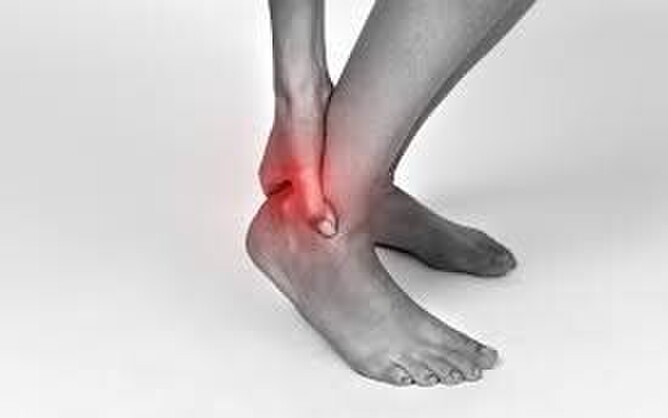Progressive Loading: The Key to Achilles Tendinopathy Recovery
Achilles tendinopathy is one of the most common causes of heel and calf pain, particularly in runners, footballers, and active individuals. If you’ve experienced morning stiffness, pain during or after activity, or tenderness along the tendon, you may already know how disruptive this condition can be.
The good news? Research consistently shows that progressive loading is the most effective, evidence-based treatment for Achilles tendinopathy. At Foot Foundation (with clinics in Auckland, Hamilton, and Tauranga), our podiatrists and physiotherapists use structured loading programmes to restore tendon strength, reduce pain, and help you get back to activity safely.
What Is Progressive Loading?
Progressive loading refers to a structured exercise programme where the Achilles tendon is gradually exposed to increasing levels of load. Instead of complete rest, which weakens the tendon, or uncontrolled training, which aggravates it, progressive loading provides the “just right” stimulus for tendon healing.
This process improves:
Tendon strength and stiffness (to handle running and jumping forces)
Muscle endurance in the calf complex
Neuromuscular control for better foot and ankle mechanics
Pain tolerance by desensitising the tendon to load
The Four Stages of Achilles Tendinopathy Loading
At Foot Foundation, we guide patients through four progressive stages of tendon loading, adapted to your symptoms and activity goals.
1. Isometric Loading – Early Pain Relief
Gentle static holds of the calf muscles (e.g., calf raise hold for 30–45 seconds)
Helps reduce tendon pain and improve muscle activation
Ideal starting point during painful phases
2. Isotonic Loading – Building Strength
Controlled calf raises (both bent-knee and straight-knee)
Focus on slow, heavy loading with progressive weights
Improves tendon capacity and prepares for higher-level loading
3. Energy Storage Loading – Preparing for Sport
Dynamic exercises such as skipping, hopping, and bounding
Mimics sport-specific tendon demands
Builds resilience for running, jumping, and quick changes of direction
4. Return to Sport Loading – Full Performance
Gradual reintroduction to running programmes, agility drills, and sport-specific tasks
Ensures tendon can handle competition intensity without flare-ups
Why Rest Alone Doesn’t Work
Many people think resting Achilles tendinopathy will allow it to heal. Unfortunately, tendons don’t respond well to inactivity. Rest may reduce pain temporarily, but once activity resumes, the tendon is just as weak—if not weaker.
Only through progressive and targeted loading can the Achilles tendon remodel and adapt to the demands of sport and daily life.
How We Personalise Your Treatment
Every tendon injury is unique. At Foot Foundation, our clinicians:
Perform a detailed biomechanical assessment (including gait and strength testing)
Identify contributing factors (e.g., calf weakness, poor footwear, training load errors)
Create a personalised loading programme tailored to your pain, sport, and goals
Monitor progress with outcome measures and adjust your plan weekly
We also integrate adjunct therapies such as shockwave treatment, orthotics, and manual therapy where appropriate - but the cornerstone always remains progressive loading.
Takeaway: Load, Don’t Rest
If you are struggling with Achilles tendinopathy, don’t wait for it to resolve with rest. Instead, consider a structured, evidence-based loading programme guided by a clinician. Progressive loading is the gold standard for recovery, offering long-term improvements in function, strength, and pain.
Book Your Assessment
At Foot Foundation, our team of podiatrists and physiotherapists specialise in Achilles tendinopathy rehabilitation across Auckland, Hamilton, and Tauranga.
📞 Call us on (07) 949 7607 or (09) 922 6830
📧 Email us at reception@footfoundation.co.nz
🌐 Book online at www.footfoundation.co.nz
Let us help you get back on your feet, stronger than before.


